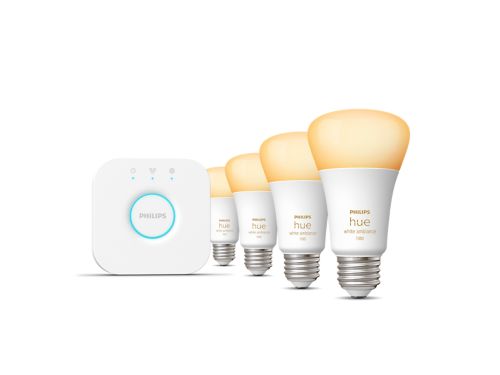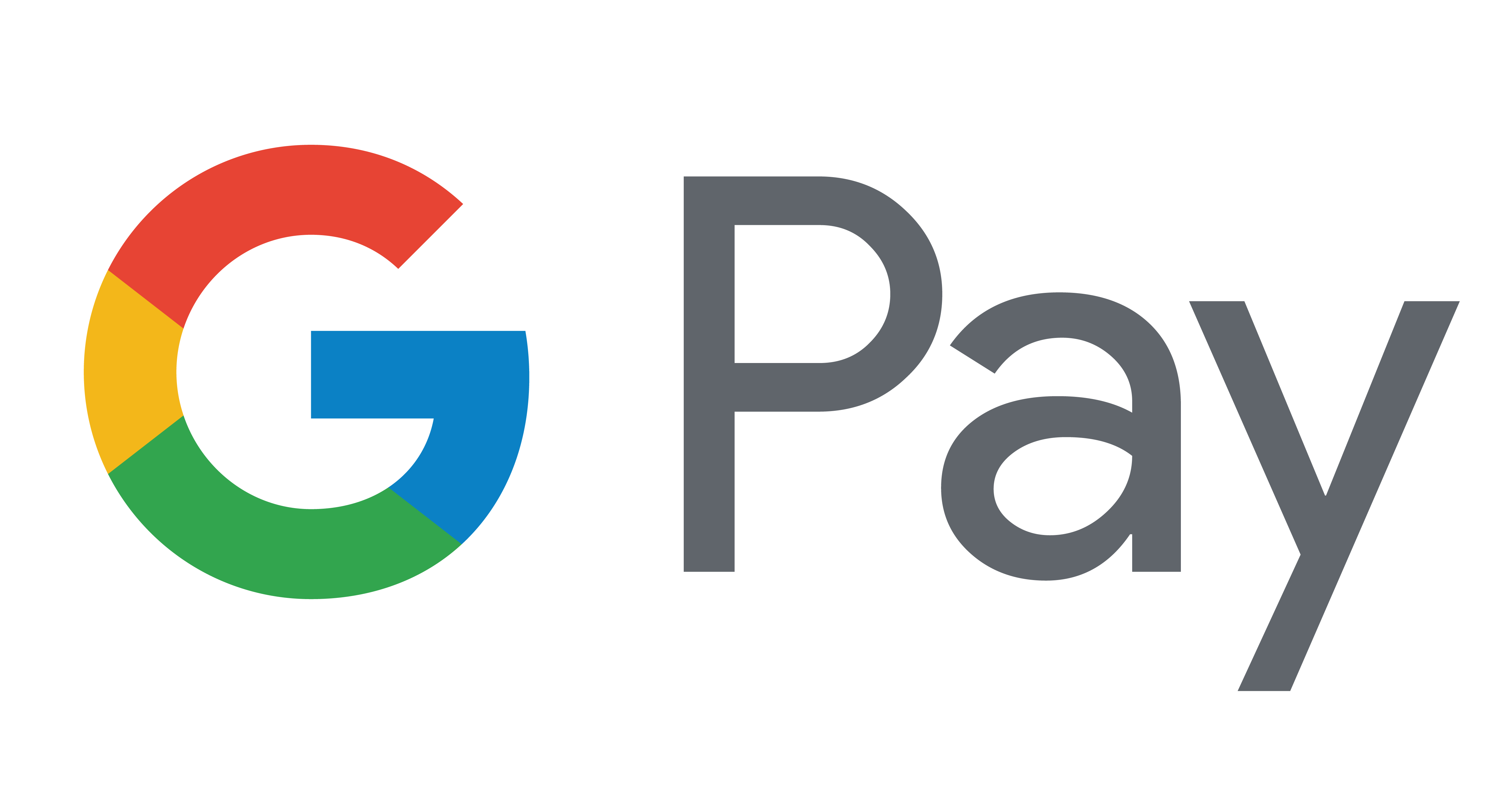Sleep. Wake. Work. Relax. Circadian lighting supports your body and mind — for every moment of your day.
Wellness lighting

...for circadian lighting

The Natural light scene gives you the light you need for every moment of the day. By transitioning through cool and warm shades of white light throughout the day, it mimics natural sunlight. Find it in the scene gallery in the Philips Hue app.


Boost bedtime
Drift off to sleep as the lights slowly dim — and wake up to a gently brightening sunrise. See how Philips Hue can help support your circadian rhythm with light to help you feel more recharged throughout the day.


Stay productive


Wind down
Smart lighting for health and wellbeing can signal when you should start winding down for the day, helping you relax and get ready for a good night’s sleep.
Create your own wellness lighting

Automations
Schedule your lights to turn on at the right color and brightness, according to your personal daily routine.

Motion sensor
Motion sensors make your smart lighting effortless. With an integrated daylight sensor, it’ll only trigger your lights when it's dark enough.

Voice control
Get hands-free help throughout your home by connecting your smart lighting system to your favorite smart home assistant.
Questions & answers
What is circadian rhythm?
Circadian rhythms are dictated by the body’s internal clock. These 24-hour cycles help your body regulate its processes — one of the most common ones being the sleep and wake-up cycle. Circadian rhythms can be affected by many factors, one of the most influential being the light your body is exposed to throughout the day.
How does blue light affect circadian rhythm?
Blue light suppresses melatonin, the hormone your body produces when it’s dark to help make you sleepy. When your body is exposed to blue light, your melatonin production slows, and you become less sleepy. If this happens at an inopportune time — think scrolling on your phone before bedtime! — it can throw off your natural circadian rhythm.¹
1. Philips Circle of Light whitepaper, 2014, https://www.lighting.philips.com/b-dam/b2b-li/en_AA/Experience/Topics/Education/Lighting_Academy/how-to-beat/Daily-sleep-wake-cycles-whitepaper-FINAL.pdf
What is circadian lighting?
Circadian lighting changes throughout the day to correlate with your body’s circadian rhythm. Bright, blue-toned light in the morning helps suppress melatonin, the hormone that makes you sleepy. Warm, red-toned light closer to bedtime can help encourage melatonin production.
What are the effects of LED lighting on health and wellbeing?
Light — not just LED light — plays a large part in your circadian rhythm. Because of this, the lights in your home can directly affect your health and wellbeing. For example, blue light suppresses melatonin, the sleep hormone, so being exposed to blue light at nighttime can prevent you from getting sleepy.
*Sign up and save 15%. You’ll receive your code within 5 hours after your subscription. This promotion is not valid on email addresses that are already enrolled in the Philips Hue newsletter. Read the Terms & Conditions for this promotion.
*When a bulb displays "Up to" a certain number of lumens in its specifications, it displays the maximum lumen output of the bulb. It shows how bright the bulb can get at 2700 K (White bulbs) or 4000 K (White ambiance or White and color ambiance bulbs). Learn more about brightness.









